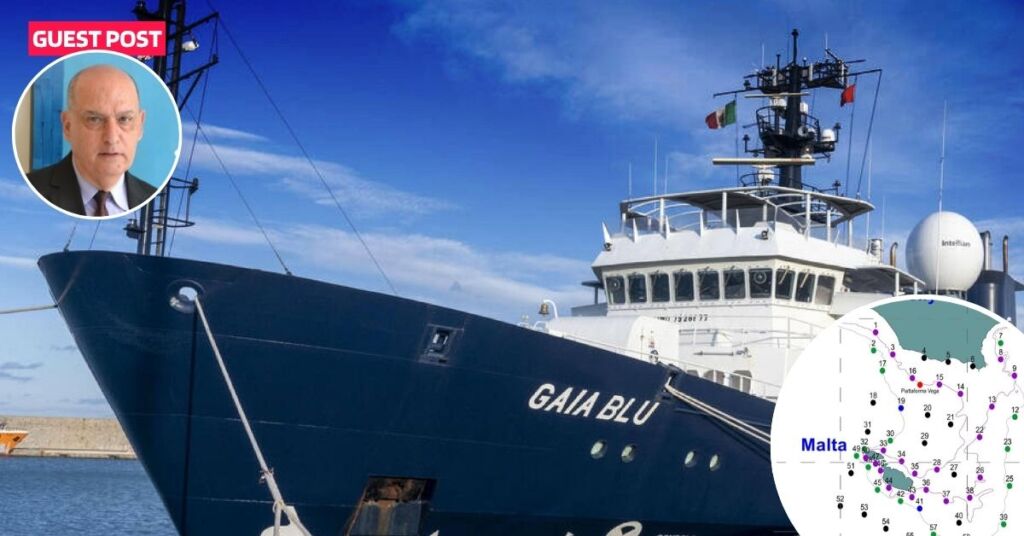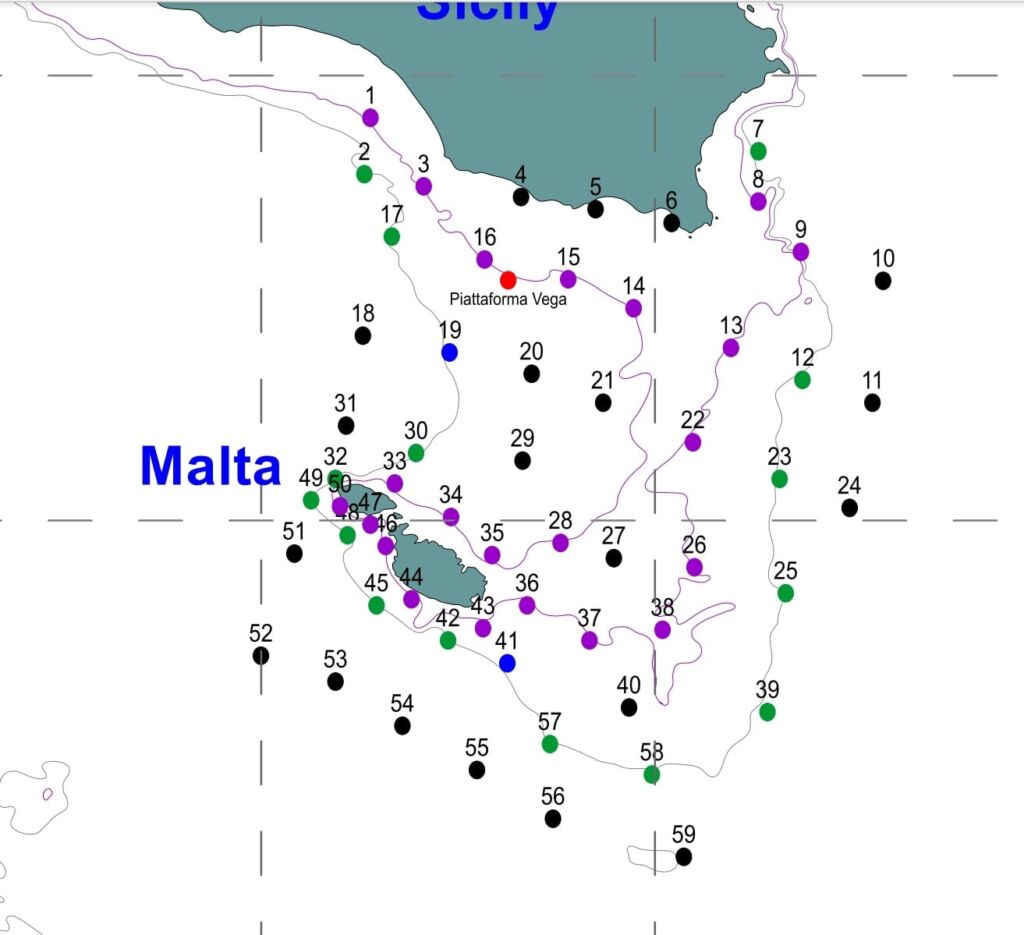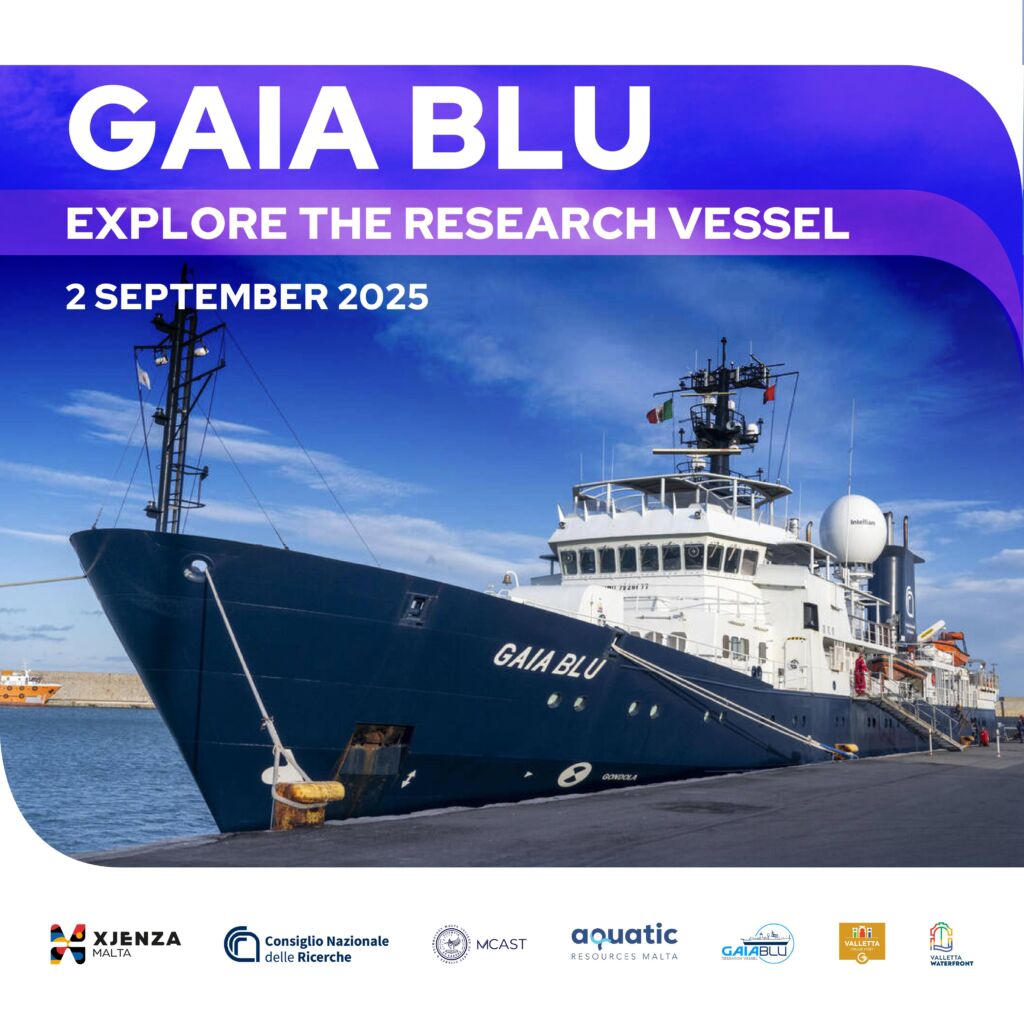Guest Post: Marine Baseline Data That Was Never Measured

The sea is so vast, spanning a full circle around the Maltese Islands, and yet we know so little about it. We have very limited information, even about some basics. We do not have our own national research vessel and we measure the sea only with limited monitoring efforts, mainly through ad-hoc short term project-based initiatives.
This lack of knowledge feels like moving in the dark when it comes to decisions about marine assets, much like trying to move at night in an apartment without lighting. This time a dedicated oceanographic cruise embarks to tell us the story by measuring the sea as we have never done before.
Thanks to a collaboration with the Consiglio Nazionale Delle Ricerche (CNR) and with additional funding by Xjenza Malta, the Malta College of Arts, Science & Technology (MCAST) and Aquatic Resources Malta (ARM) are engaging to study the sea areas in the proximity of the Maltese Islands, and the stretch of sea joining us to Sicily, from 28th August to 8th September, on board of r/v GAIA BLU, an Italian 83 m long vessel dedicated to marine research.
Termed OurOBS (Our OBServations), this oceanographic cruise will carry out a first ever 360 degrees snapshot mapping of the physical and biochemical water column structure of the sea around the Maltese Islands. This will be done by a series of selected hydrographic stations spaced along the 100m and 200m isobaths around the Maltese Islands, where the vessel will stop to take vertical profile measurements of essential ocean variables from the sea surface to the bottom, and obtain, like over an embracing curtain, a full quasi-synoptic picture of the properties and structure of the sea surrounding us. The study is directly linked to fish stock assessments, and aims to reveal how the active sea dynamics in the area affects the first levels of the trophic chain, up to small pelagic fish. A dedicated acoustic survey spanning over three days is intended to map the relative abundance of target species, and will be accompanied by a parallel closer-to-shore survey organised by Aquatic Resources Malta.

Planned stations for the OurOBS oceanographic cruise
It took us so long to organise such a study which MCST (now Xjenza Malta) had first attempted without success by an Indian research vessel in the early nineties. More recently, the Physical Oceanography Unit through the GLIDERSouth project used a sea glider, but the project in that instance was subject to a restricted number of marine parameters, and the coverage of the glider did not really reach close enough to the Maltese Islands.
Such comprehensive marine surveys are needed on a regular basis. In a continuously changing sea, and marine ecosystems stressed by climate change and unregulated resource exploitations, these kind of studies permit us to understand the phenomenology and seasonal variability in our coastal waters, enabling us to monitor living assets and provide us with the data and knowledge required to use marine resources in sustainable modes.
In addition to the participation of local scientists (3 from MCAST and 4 from ARM) joining the research teams from CNR, University of Palermo and University of Messina, five MCAST students will have the opportunity to experience first-hand the state-of-the-art equipment on r/v GAIA BLU and gain direct experience on marine observations, working with experienced scientists on board.

The vessel will visit the Grand Harbour on 2nd September and will be open for public visits from 12.30pm to 5.30pm. Please register here: OurOBS – Gaia Blu Research Vessel Tour. For more information please visit GAIA BLU in Malta
Aldo Drago is an MCAST professor in oceanography and Maltese leader of the OurOBS initiative.
Lovin Malta is open to interesting, compelling guest posts from third parties. These opinion pieces do not necessarily reflect the views of the company. Submit your piece at [email protected]
